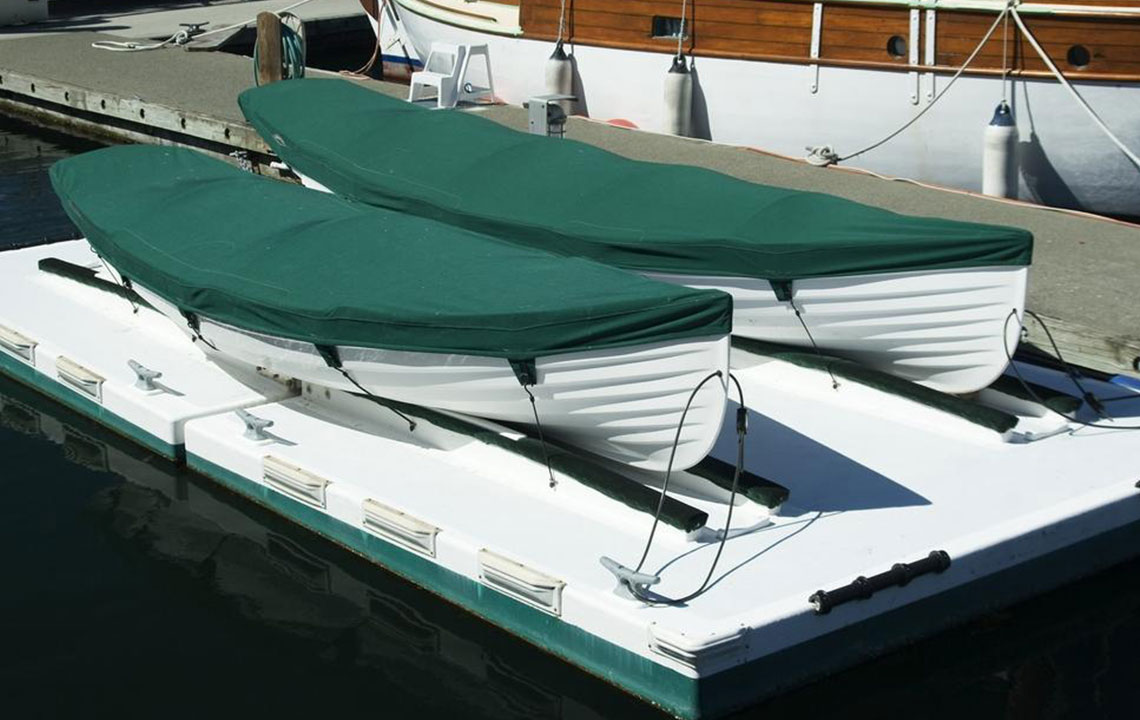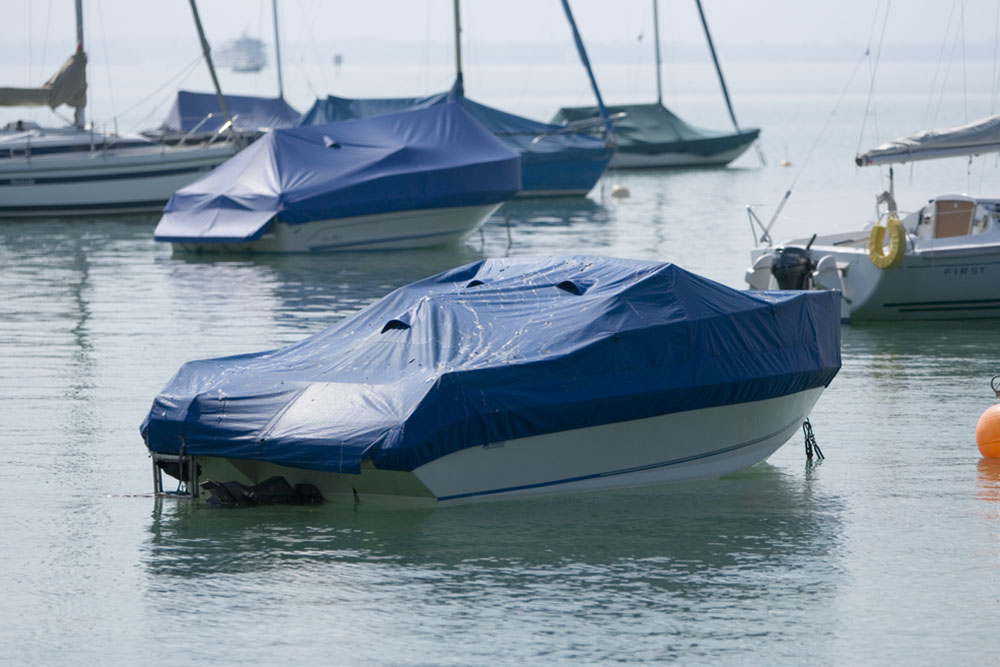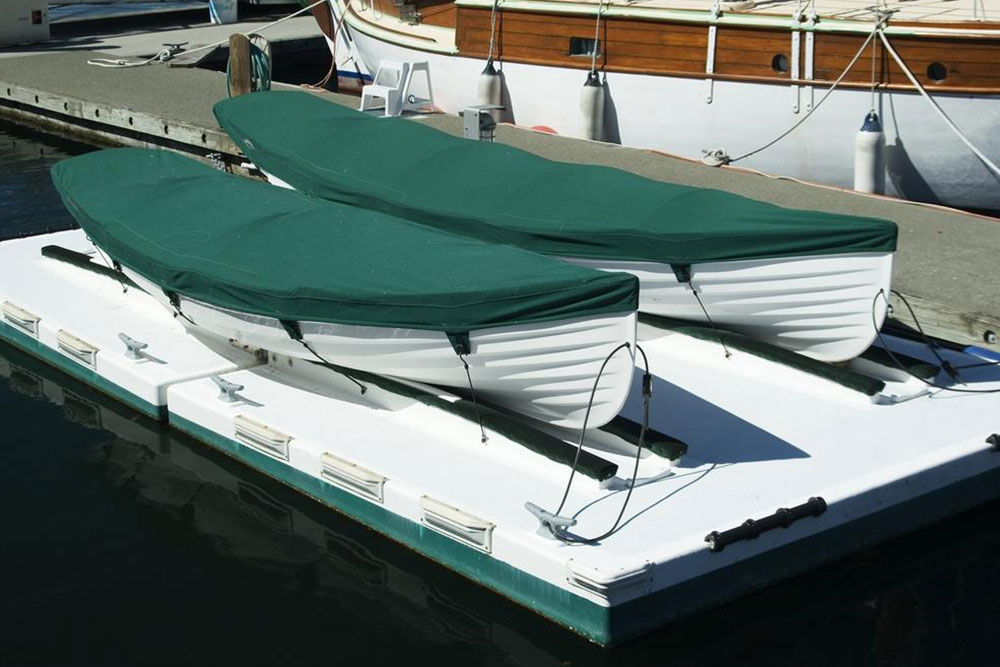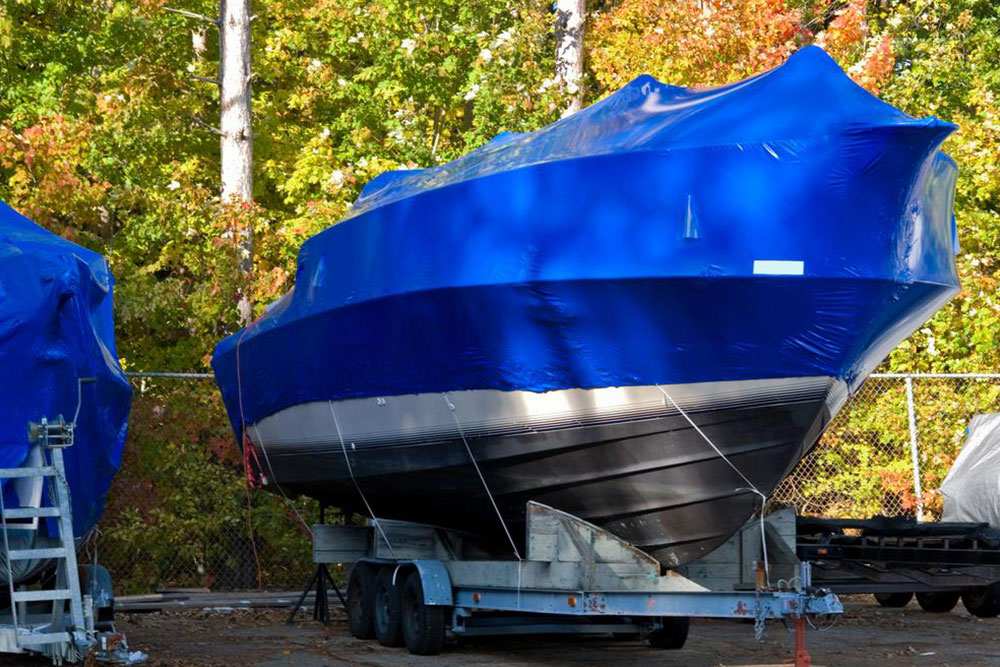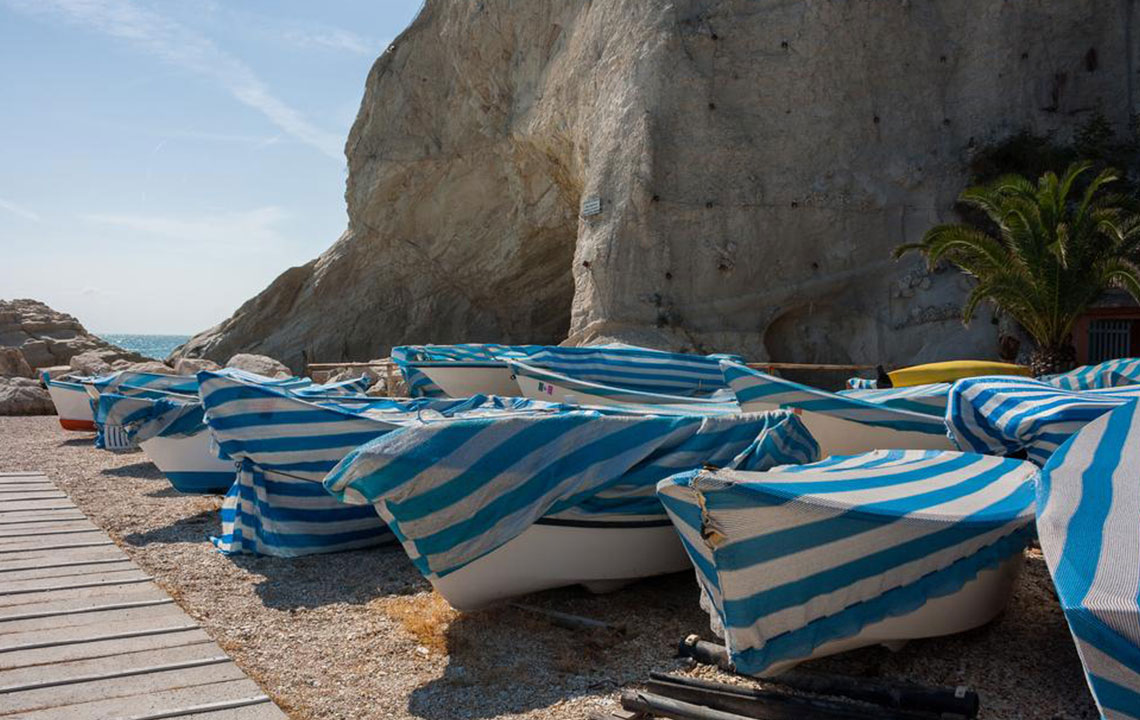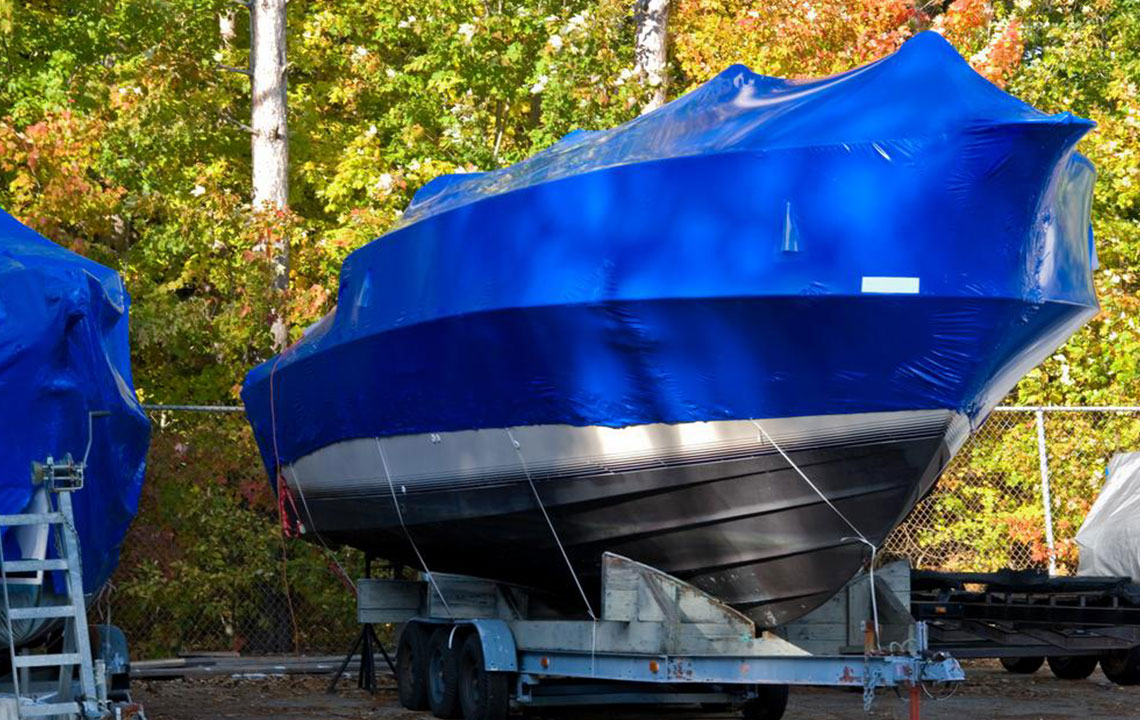Comprehensive Guide to Selecting the Perfect Boat Cover for Your Watercraft
Discover the ultimate guide to choosing the perfect boat cover, ensuring your watercraft is protected from weather damage, UV rays, and environmental elements. Learn about cover styles, sizing tips, fabric types, and maintenance practices to prolong your boat's lifespan and maximize its value. This comprehensive article helps boat owners make informed decisions to safeguard their investment effectively and enjoy peace of mind during storage and transport.
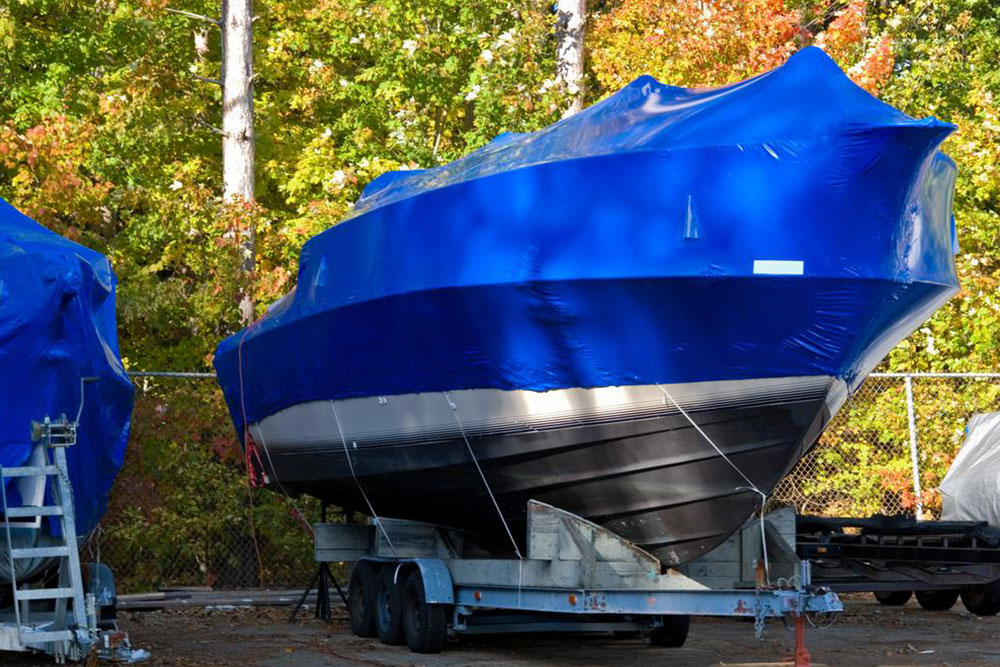
The Importance of Investing in a High-Quality Boat Cover
Owning a boat is not just about enjoying leisure on the water; it's also about maintaining its condition and longevity. Every boat owner knows that weather elements like sunshine, rain, snow, and dirt can cause significant wear and tear if the vessel is left exposed. Unlike vehicles such as cars or motorcycles, boats are uniquely vulnerable to water damage, UV deterioration, and environmental debris. Therefore, protecting your investment with the right boat cover is not a luxury but an essential part of boat maintenance.
Whether you keep your boat stored indoors or use it frequently, choosing the appropriate cover can significantly extend its lifespan, preserve resale value, and ensure optimal performance for years to come. An investment in a high-quality boat cover is a wise decision that combines functionality, durability, and cost-efficiency.
Let’s explore the key factors to consider when selecting the right boat cover, ensuring you make an informed choice tailored to your needs.
Understanding Your Boat's Specifications and Needs
Before diving into the purchasing process, it's crucial to gather all relevant information about your vessel. Details such as the make, model, size, and type of your boat play an essential role in selecting a cover that offers a snug and protective fit. Accurate measurements are especially important, as an ill-fitting cover can do more harm than good—causing chafing, tearing, or inadequate protection.
Most manufacturers recommend measuring the boat at its widest point — typically across the beam — and considering the height from the trailer or storage cradle to the highest point of the boat. Having precise measurements ensures that the cover provides full coverage without excess slack that could lead to flapping or water pooling.
Different Types of Boat Covers and Their Benefits
There’s a variety of boat cover styles available, each suited to different needs, budgets, and usage scenarios. Understanding the differences helps in choosing a cover that offers the best protection and value for your specific situation.
Custom Boat Covers – Designed to fit your specific boat model perfectly, these covers provide superior protection and are typically made from high-end fabrics that resist UV rays, mildew, and tearing. They are ideal for boat owners who want maximum protection and are willing to invest a bit more for a tailored fit.
Semi-Custom Covers – These covers are adjustable but manufactured with some level of customization based on common boat sizes. They strike a balance between affordability and a good fit, suitable for those who use their boat regularly and want a reliable cover without the premium price.
Universal Covers – Made to fit a broad range of boat sizes and shapes, these covers are usually the most budget-friendly option. Although they may not offer a perfect fit, they are versatile and convenient for occasional use or boat owners with changing storage needs.
Importance of Proper Fit and Size
Choosing a cover that fits correctly is vital for ensuring maximum protection. A cover that is too tight can stress seams, leading to tears, while one that's too loose can flap in the wind, causing chafing or allowing water to seep underneath. The correct fit prevents damage and ensures the cover stays securely in place, even in adverse weather conditions.
Some tips for achieving an ideal fit include measuring the widest parts of your boat and considering the shape and features like gunwales, consoles, and outboards. When in doubt, consult manufacturer sizing charts or seek professional advice to find a cover that aligns perfectly with your boat’s dimensions.
Choosing the Right Color and Material
The color of your boat cover also contributes to its effectiveness and maintenance requirements. Darker shades—such as black or navy—offer better UV protection, which helps prevent sun damage and material degradation over time. They also conceal dirt and stains, reducing the frequency of cleaning. Conversely, lighter-colored covers may reflect sunlight more effectively, keeping your boat cooler, but they tend to show dirt more easily and may require more frequent cleaning.
Fabric selection is equally crucial. Waterproof and heavy-duty polyester fabrics are popular choices for boats that spend a lot of time on the water, as they resist water penetration and prevent moisture accumulation. For boats stored indoors or covered most of the time, breathable fabrics that promote airflow and reduce mold growth are preferable. Materials infused with UV inhibitors or mildew-resistant coatings can extend the life of your cover and keep your boat in pristine condition.
Additional Features to Consider
Modern boat covers come with innovative features designed to enhance durability and ease of use. Look for options such as reinforced seams, UV-resistant coatings, elastic hems for secure fit, and tie-down straps to prevent the cover from shifting in strong winds. Ventilation ports can also help prevent mold and mildew by allowing moisture to escape, especially when storing your boat indoors or for extended periods.
An adjustable cover with quick-release buckles or elasticized edges makes installation easier and ensures a snug fit. Investing in a cover with these features can save time and protect your boat more effectively.
Maintenance and Proper Storage of Your Boat Cover
Keeping your boat cover in good condition extends its lifespan and maintains its protective qualities. Regular cleaning using mild soap and water removes dirt, dust, and grime that can cause material deterioration. Avoid harsh chemicals that may weaken fabric fibers. When not in use, store your cover in a cool, dry place away from direct sunlight — ideally in a breathable storage bag or container to prevent mold and mildew buildup.
Inspect your cover periodically for tears, loose straps, or signs of UV damage. Address small issues promptly by repairing or replacing parts to prevent further damage, ensuring your boat remains well-protected through every season.
Final Tips for Selecting the Best Boat Cover
Taking the time to research and compare different options is essential. Read reviews, consult with manufacturers, and consider your specific needs based on how often and where you store your boat. Remember that a properly fitting, high-quality boat cover is an investment that pays off in the form of reduced maintenance costs and prolonged vessel life.
Make sure the cover you choose offers adequate protection against UV rays, water, dirt, and environmental hazards. Prioritize features like reinforced seams, UV inhibitors, and adjustable straps. With careful selection, your boat can stay protected and preserved, ready for your next adventure at a moment’s notice.
